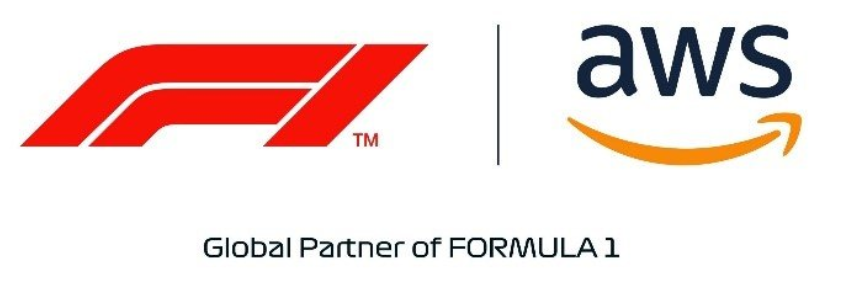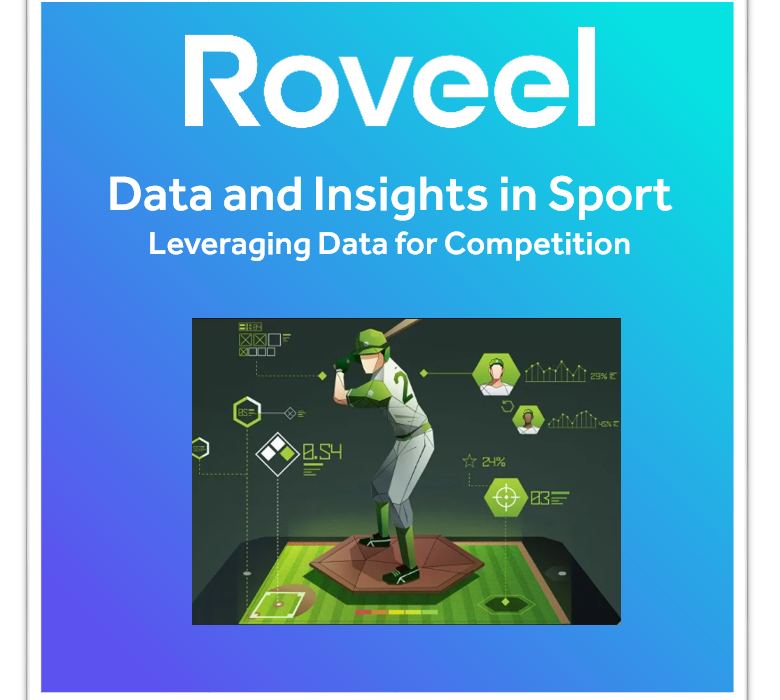“An organisation’s ability to learn, and translate that learning into action rapidly, is the ultimate competitive advantage” Jack Welch, former Chairman and CEO of General Electric
In the context of sport, insights are rapidly becoming more significant in decision making due to the rapid advancement of technology to collect data as well as our ability to analyse it.
By leveraging this data and extracting these insights faster than ever, decision-makers in sport can gain a deeper understanding on performance, strengths, and weaknesses. They can identify patterns, trends, and correlations that can help them adjust training regimens, tactics, and strategies to optimise performance and to gain a competitive advantage.
Here are three sports where this is highly relevant:
Formula 1
In Formula 1, data analytics is used to analyse performance data, such determining the speed of the car on various sections of a circuit, through curves, along straights and understanding this data relative to others on the grid. Other data such as lap times, fuel consumption, and tyre wear can be predicted using the data from hundreds of sensors collecting data and this being analysed, and predictions made. This information can be used to make decisions about how to optimise the car’s setup, adjust driving tactics, and manage the race strategy to gain an advantage over competitors. Teams use data analytics to monitor car performance and make real-time adjustments during races. The data collected during a race weekend exceeds 1 terabyte per car! (That’s the equivalent of 728,177 floppy disks or 1,498 CD’s!)

As an example, the utilisation of AWS (Amazon Web Services) is changing the game in formula one. AWS (Amazon Web Services) has been used extensively in Formula 1 for data analytics and to gain a competitive advantage. Here are a few examples:
Mercedes-AMG Petronas Formula One Team use AWS to analyse the performance of their car, predict tyre wear, optimize race strategy, and improve the performance of their drivers. The team uses over 500 sensors on each car to collect data, which is then processed using AWS services like Amazon S3, Amazon Kinesis, Amazon DynamoDB, and Amazon SageMaker.
In addition, Scuderia AlphaTauri Formula One Team in 2020 developed a machine learning-based race strategy system. The system analyses real-time data from the car, track, and weather conditions to make predictions about tyre wear, fuel usage, and the optimal pit-stop strategy to achieve better results on the track.
AWS is a Global Partner of Formula 1 and since 2018, they have innovated together through the use of AWS machine learning (ML), launching 20 data driven F1 Insights on live TV that provides interesting insights and data to make the viewing, punditry and commentary more exciting and engaging.
Rugby
In rugby, data analytics is used to analyse player performance, injury risks, and team strategies. Coaches can use this information to make decisions about which players to select for a game, which tactics to employ, and how to adjust strategies in real-time during a match.
The New Zealand national rugby team uses GPS trackers to monitor player movements during training and matches, and this data is used to adjust training regimes and game tactics to optimise performance and reduce the risk of injury.
Rugby teams also use video analysis tools to review footage of matches and identify patterns in player behaviour, such as tendencies in tackling, passing, and kicking for the purposes of exploiting weaknesses in the opposition’s defence.
In 2022, Sage powered the Six Nations Rugby as the Official Insights Partner. They provided data behind the AI-enabled smart ball which helped players and fans on and off the field of play.
Baseball
Baseball is an incredibly data rich sport.
For those of you familiar with the 2011 Moneyball movie often on Netflix, The Oakland Athletics famously used data analytics back in 2002 to build a winning team on a small budget. The team’s general manager, Billy Beane, used statistical analysis to identify undervalued players and build a roster that outperformed teams with much larger payrolls.
Since that 2002 season, technology has driven these analytics to new heights and depths. A new system has now been developed called statcast. Statcast is a high-speed, high-accuracy, automated tool developed to analyse player movements and athletic abilities in Major League Baseball (MLB). This information can be used to make decisions about which players to draft, trade, or sign to contracts on the business side of the sport.
Sage have recently teamed up with Major League Baseball to introduce ‘Pitcher Power Rankings Presented by Sage across MLB digital, social, and linear channels, enabling fans to track pitcher performance rankings across the season, and real-time leaderboard updates.

In each of these sports, data analytics provides valuable insights and a competitive advantage by helping teams and organizations make better decisions based on data-driven analysis. By leveraging these insights, teams can identify strengths and weaknesses, optimize performance, and make informed decisions to achieve their goals.
Sports analytics solutions not only help coaches and management but also provide the means for individual players to analyse and improve their performance. The use of sports analytics is not limited to fields, players or circuits, but various sports organizations and universities are also using and teaching around the value of data-driven decision-making to improve performance, as well as increasing spectator and fan engagement.
Conclusion
Sports teams are highly innovative organisations that are incentivised to leverage all of the available mechanisms and levers to improve their performance, so why aren’t all businesses doing the same?
Most businesses today have an extremely high volume of data and the technology is now here to enable smaller businesses to gain that competitive advantage too. Roveel is a tool that enables businesses to leverage the rich data of information and is powered by AWS and integrates with Sage and Xero. The tool automates and streamlines the reporting process, allowing smaller businesses to compete against the larger firms that can afford big data teams. It provides smaller companies with that competitive edge for decision making unlocking the power of data and making it easy to understand.
Find out more here at www.roveel.com
